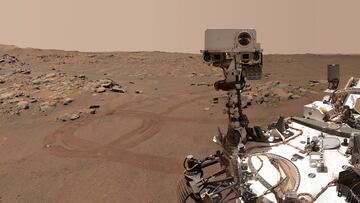A study reveals the last and best indication yet about the presence of liquid water on Mars
Scientists in the United Kingdom say they have found “the best indication” of evidence that liquid water exists on Mars.

Despite cautioning that the findings “do not necessarily mean” that life exists on Mars, scientists in the UK believe they have made a major breakthrough.
The international team, including researchers from Cambridge University, Sheffield University, and University College Dublin, used spacecraft laser-altimeter measurements of the shape of Mars’ ice caps to determine patterns in its height. Much like Earth, Mars has ice caps on its north and south poles.
The study found that the two pieces of evidence needed to prove there is liquid water under the glaciers were found. Previous studies used radar in an attempt to determine if there is liquid water but this proved impossible.
Dr Frances Butcher, from the University of Sheffield, in England, said, “This study gives the best indication yet that there is liquid water on Mars today because it means that two of the key pieces of evidence we would look for when searching for subglacial lakes on Earth have now been found on Mars.
“Liquid water is an essential ingredient for life, although it does not necessarily mean that life exists on Mars.”
Due to the liquid existing at such cold temperatures it is likely that it includes a significant amount of salt, which would kill life. Mars can reach temperatures of down to -153 degrees Celsius or -243 degrees Fahrenheit.






